From small fillers to car rockets, 3D printing technology is exerting subversive effects in various industries. Limited by high temperatures, high pressures and centrifugal forces, 3D printing seems to be a natural barrier to the power generation industry. However, the investment determination of the manufacturing giants has not been affected by this. The work space that can be accessed by wearing safety clothing and wearing goggles is another style of painting. The workshop is roughly divided into four areas: prototyping, printing, maintenance and post-processing. There are 12 3D printers produced by EOS in Germany. (Editor)
“3D printing has redefined the manufacturing industry. For thousands of years, manufacturing has been a subtraction: getting raw materials, turning and milling, removing excess parts, and finally forming; 3D printing has made manufacturing a constant Adding the addition of raw materials.†Hans Holmstrom, CEO of the Siemens Finspond plant in Sweden, introduced the technology to the journalist (), full of a kind of excitement he called himself “engineer†Emotions.
From the analogy of "subtraction" to "addition", the essence of 3D printing is pointed out: Additive Manufacturing (AM), which is the manufacturing process of manufacturing parts by layer on the basis of digital 3D design data.
The Finsponton plant has been experimenting since 2009 with additive manufacturing for the prototyping, repair and production of gas turbines. According to data provided by Siemens, additive manufacturing has reduced production resources by 63%, maintenance speed by 60%, and delivery time by 50%.
However, compared to production and maintenance, Homestead is more concerned with the impact of additive manufacturing on accelerating prototyping: “The most important thing is not to make it faster, but to design it faster. This is the ultimate dream of engineers. Through digital modeling, trial and error is almost zero cost. Repeating a hundred mistakes, you may have a big gain."
Finspond and gas turbine
The gas turbine is an internal combustion engine that drives the impeller to rotate at a high speed by continuously flowing gas. Heavy-duty gas turbines are the core equipment of large-scale natural gas power plants and one of the most difficult mechanical equipments to be manufactured. The core technologies are masters of manufacturing giants such as Siemens and GE.
Finspond, a small town in the province of East Ottoland, with a population of more than 10,000, has a history of more than a century with the gas turbine industry. Finspond is half an hour east of the city. It is the eastern port city of Northkoping and is known as the “Manchester of Swedenâ€. The hundreds of tons of gas turbines produced or assembled at the Siemens Finspond plant, including the SGT-800, which sells more than 325 units worldwide, will be loaded as a whole and shipped to North Skoping Port, from the Baltic Sea to customers around the world. .
This area is one of the origins of industrialization in Sweden. In the 16th century, the Deger family saw the forest and river resources of Finspon, and built a factory on a bare rocky flat in the mountains to produce cannons and shells for the royal family. In 1913, the Finsponton plant began to produce turbines, and the factory was easy to master, but the turbine industry remained unchanged. To date, the Finspond plant has sold more than 800 gas turbines and 2,300 steam turbines, 95% of which are exported to more than 100 countries.
Siemens acquired the plant in 2003 and became the largest private employer in Northkoping and Finsponton. The city of Finspon has a population of only a few thousand, while the Siemens factory employs 3,300 people, nearly half of whom are locals.
At the Finsponton factory, the cricket journalists saw workers wearing yellow safety suits assembling gas turbines of various sizes and in different stages of assembly. According to reports, the Finspond plant is responsible for the production of medium-sized gas turbines with power ranging from 15MW to 50MW (1MW = 1000KW), namely five models from SGT-500 to SGT-800. In addition, the UK's smaller power SGT-300 and SGT-400, as well as the North American-produced aero-derivative gas turbine Industrial Trent 60, will also be shipped to the Finsponton plant. 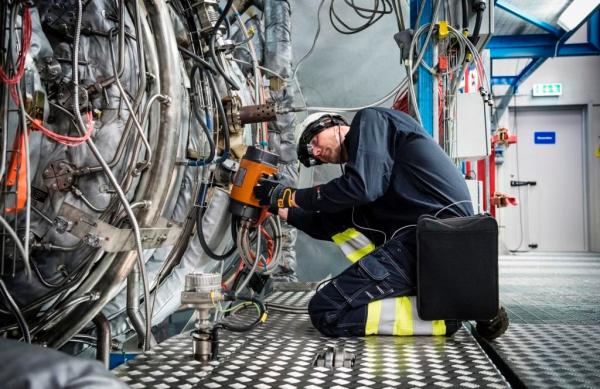
In February 2016, Siemens invested more than 20 million euros to transform a school in Finspond into a 3D printing R&D base and factory for Siemens industrial gas turbines, responsible for rapid prototyping, rapid maintenance and rapid production of gas turbine components. . In July 2016, 3D printed parts began commercial manufacturing.
3D Printing Gas Turbine Parts: Technology and Challenges
Into the Finspeng Siemens industrial gas turbine 3D printing research and development base and factory, many renovations and furnishings still retain the traces of the original school. Only the large and small, colorful gas turbine models placed in each room are constantly being asked. Homestrand said that there will be a major transformation to accommodate the subsequent investment and scale expansion of 3D printing. 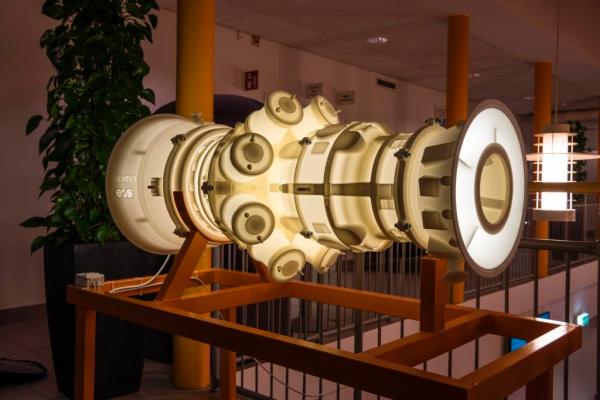
The work space that can be accessed by wearing safety clothing and wearing goggles is another style of painting. The workshop is roughly divided into four areas: prototyping, printing, maintenance and post-processing. There are 12 3D printers produced by EOS in Germany. When the 3D printer is working around the clock, there is almost no staff in the workplace. Anders Persson, product manager at the Finspond plant, explains that 3D printing technology is being used in a variety of industries to create subversive effects in the workplace, from small fillers to carcasses. Limited by high temperatures, high pressures and centrifugal forces, 3D printing seems to be a natural barrier to the power generation industry. However, the investment determination of the manufacturing giants has not been affected by this.
“3D printing has redefined the manufacturing industry. For thousands of years, manufacturing has been a subtraction: getting raw materials, turning and milling, removing excess parts, and finally forming; 3D printing has made manufacturing a constant Adding the addition of raw materials.†Hans Holmstrom, CEO of the Siemens Finspond plant in Sweden, introduced the technology to the journalist (), full of a kind of excitement he called himself “engineer†Emotions.
From the analogy of "subtraction" to "addition", the essence of 3D printing is pointed out: Additive Manufacturing (AM), which is the manufacturing process of manufacturing parts by layer on the basis of digital 3D design data.
The Finsponton plant has been experimenting since 2009 with additive manufacturing for the prototyping, repair and production of gas turbines. According to data provided by Siemens, additive manufacturing has reduced production resources by 63%, maintenance speed by 60%, and delivery time by 50%.
However, compared to production and maintenance, Homestead is more concerned with the impact of additive manufacturing on accelerating prototyping: “The most important thing is not to make it faster, but to design it faster. This is the ultimate dream of engineers. Through digital modeling, trial and error is almost zero cost. Repeating a hundred mistakes, you may have a big gain."
Finspond and gas turbine
The gas turbine is an internal combustion engine that drives the impeller to rotate at a high speed by continuously flowing gas. Heavy-duty gas turbines are the core equipment of large-scale natural gas power plants and one of the most difficult mechanical equipments to be manufactured. The core technologies are masters of manufacturing giants such as Siemens and GE.
Finspond, a small town in the province of East Ottoland, with a population of more than 10,000, has a history of more than a century with the gas turbine industry. Finspond is half an hour east of the city. It is the eastern port city of Northkoping and is known as the “Manchester of Swedenâ€.
The hundreds of tons of gas turbines produced or assembled at the Siemens Finspond plant, including the SGT-800, which sells more than 325 units worldwide, will be loaded as a whole and shipped to North Skoping Port, from the Baltic Sea to customers around the world. .
This area is one of the origins of industrialization in Sweden. In the 16th century, the Deger family saw the forest and river resources of Finspon, and built a factory on a bare rocky flat in the mountains to produce cannons and shells for the royal family. In 1913, the Finsponton plant began to produce turbines, and the factory was easy to master, but the turbine industry remained unchanged. To date, the Finspond plant has sold more than 800 gas turbines and 2,300 steam turbines, 95% of which are exported to more than 100 countries.
Siemens acquired the plant in 2003 and became the largest private employer in Northkoping and Finsponton. The city of Finspon has a population of only a few thousand, while the Siemens factory employs 3,300 people, nearly half of whom are locals.
At the Finsponton factory, the cricket journalists saw workers wearing yellow safety suits assembling gas turbines of various sizes and in different stages of assembly. According to reports, the Finspond plant is responsible for the production of medium-sized gas turbines with power ranging from 15MW to 50MW (1MW = 1000KW), namely five models from SGT-500 to SGT-800. In addition, the UK's smaller power SGT-300 and SGT-400, as well as the North American-produced aero-derivative gas turbine Industrial Trent 60, will also be shipped to the Finsponton plant. 
In February 2016, Siemens invested more than 20 million euros to transform a school in Finspond into a 3D printing R&D base and factory for Siemens industrial gas turbines, responsible for rapid prototyping, rapid maintenance and rapid production of gas turbine components. . In July 2016, 3D printed parts began commercial manufacturing.
3D Printing Gas Turbine Parts: Technology and Challenges
Into the Finspeng Siemens industrial gas turbine 3D printing research and development base and factory, many renovations and furnishings still retain the traces of the original school. Only the large and small, colorful gas turbine models placed in each room are constantly being asked. Homestrand said that there will be a major transformation to accommodate the subsequent investment and scale expansion of 3D printing. 
Clipboard With Notebook is the main product of office stationery, fully reflect the development and progress of modern printing technology, our company uses the latest international printing technology and equipment, fully ensure the clarity of products, color lifelike, through cutting, binding and other processes, to provide customers with quality products.
Jilin Y.F. Imp & Exp Co., Ltd is an exporter and manufacturer (Cang nan Y.F. Stationery & Gift Co., Ltd.)in Creative products, such as Backpack ,Shoulder Bag, Pencil Case , Handbag,Multifunctional Bag. Coin Purse .Cosmetic Bag.Storage bags. File Holder.Canvas handbag and notebook etc. which is a professional stationery company setting research and development, producing, sales and trade into one. Our company always takes quality, service, efficiency and innovation as our management philosophy. Since our brand Y.F. has been put on the market, the products sell well throughout the country consistently, and be exported to Europe and America,, and South America countries as well as regions, where the product enjoys great customer loyalty and good population. Choose Y.F. is not to choose a batch of stationery, but to choose a commitment and responsibility, Thanks for your attention, support, trust an cooperation. Wish to establish long-term business relationship with you in the near future.
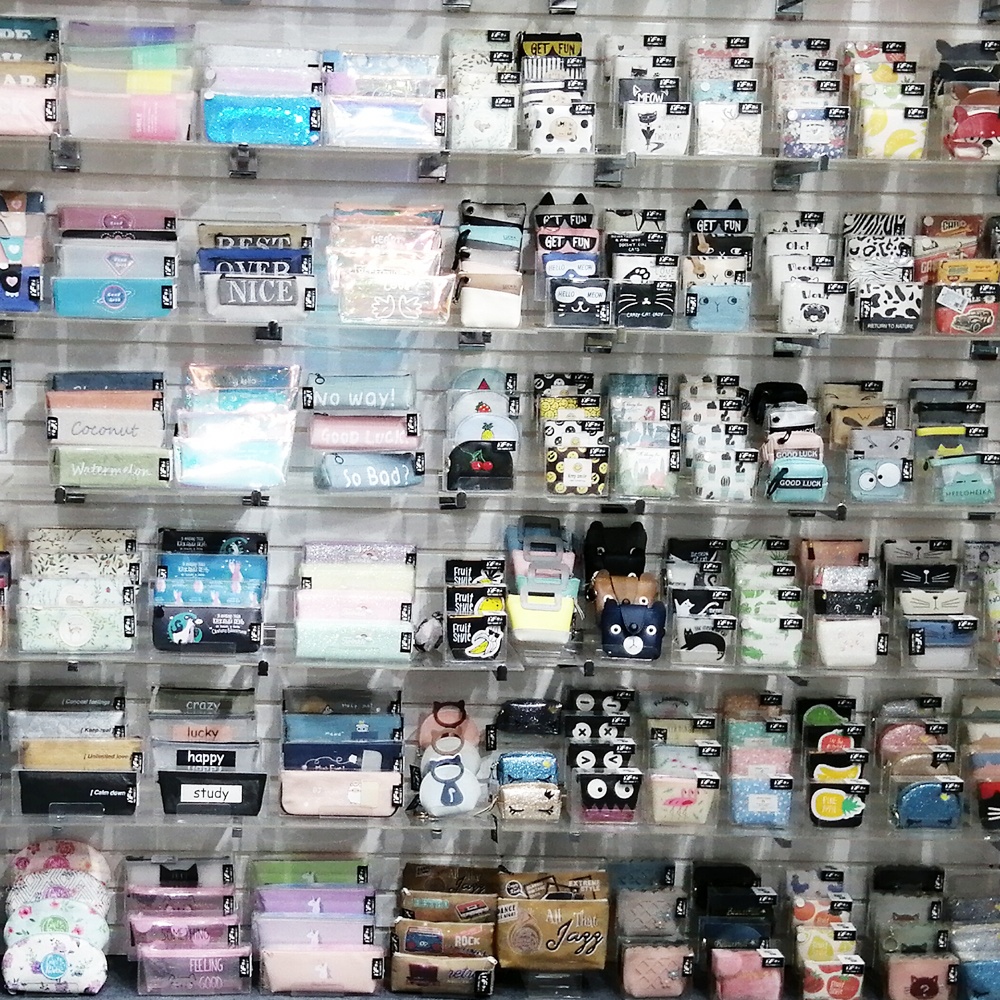
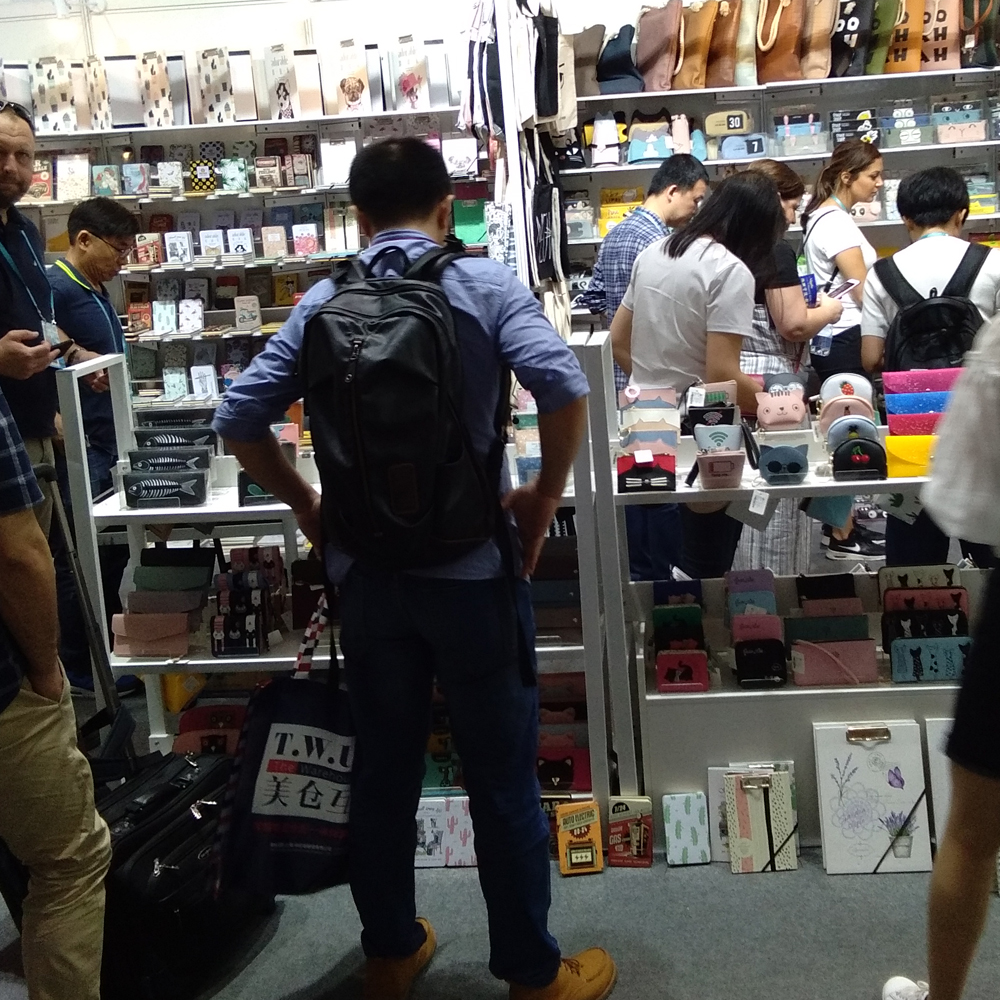
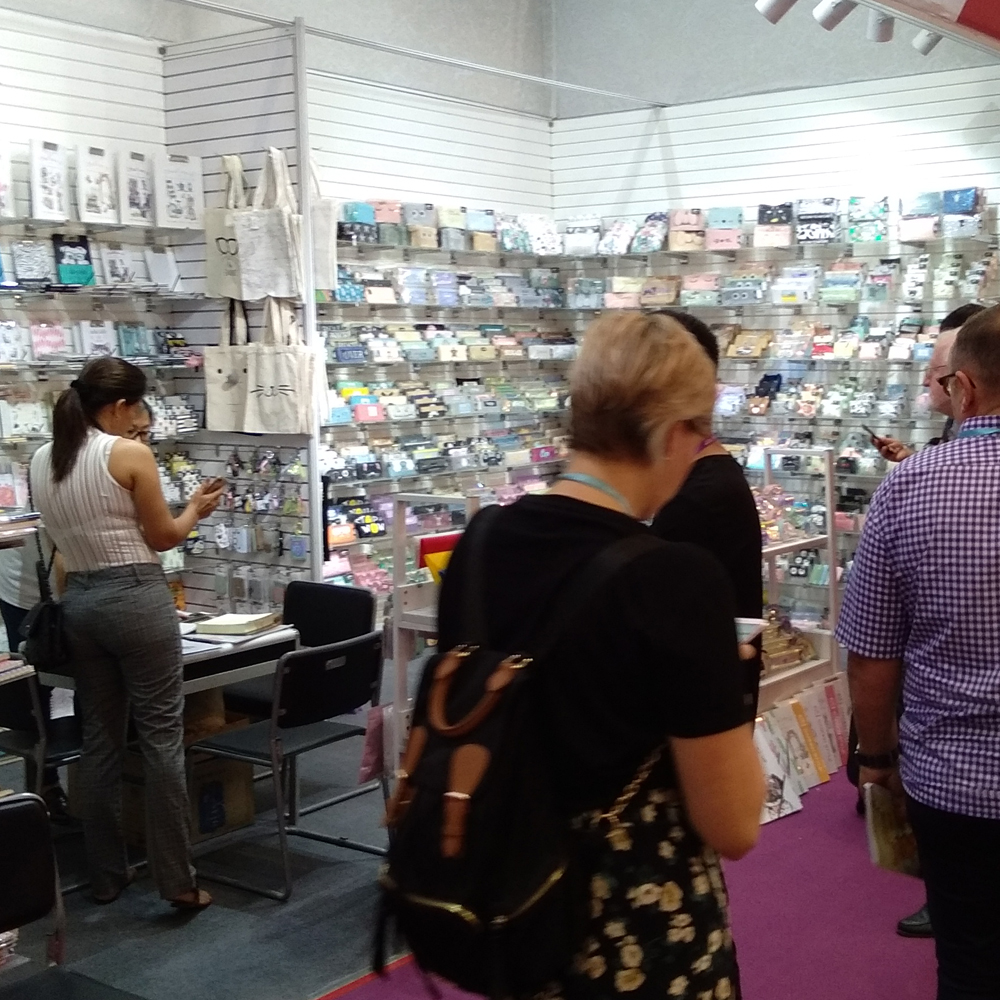
Clipboard With Notebook,Coil Bound Books,Spiral Binding Books,Clipboard Notebook Combo
Jilin Y.F. Import & Export Co.,Ltd , https://www.jlpencilcase.com